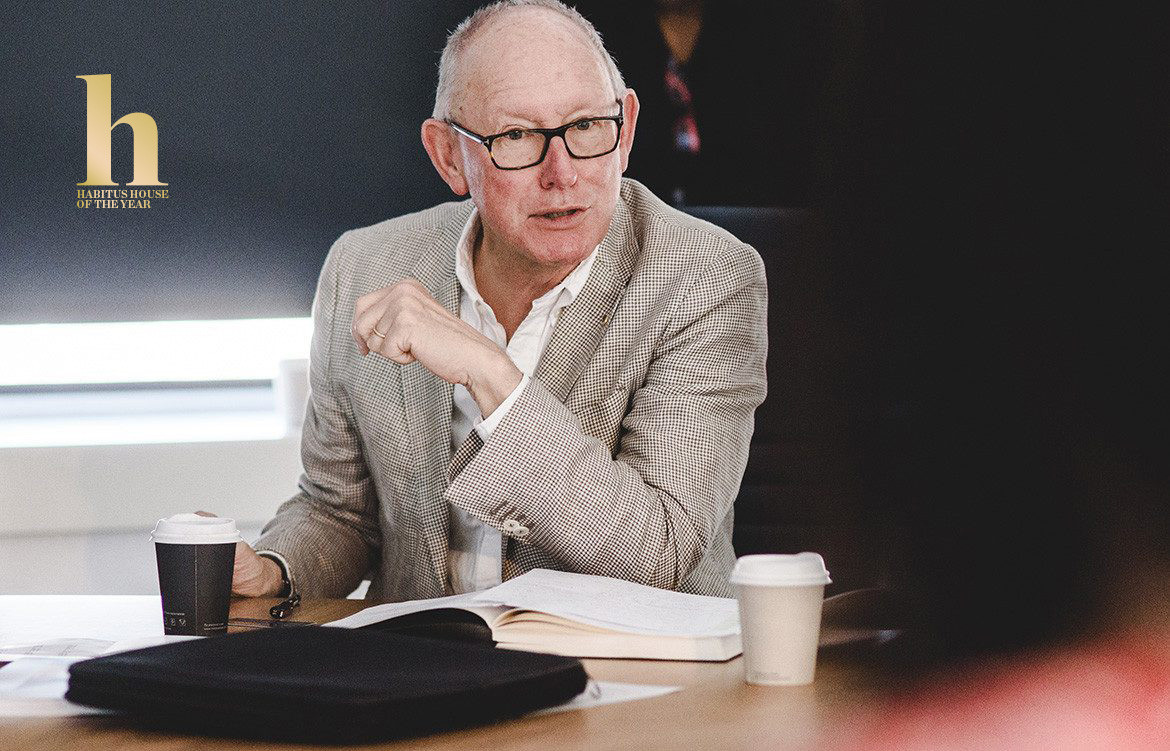
In light of the long-awaited launch of the Habitus House of the Year 2020 programme, we speak to architect Howard Tanner - on our jury since 2018 - about the qualities in residential architecture he feels are important.
We all seek to celebrate our individuality – yet find comfort in acceptable outcomes. We like the thought of custom-designed pieces, tailored specifically to us, yet almost every iconic designer and supplier has some universal favourites. Suffice to say that there are obvious needs and certain Classic solutions that we all have in common.
Story continues below advertisement
As much as a house can be designed for the unique lifestyle and its occupants’ way of living, the layout and programme shouldn’t be too prescriptive. It’s important that the spaces within a residence are flexible, enabling a changing role for a house, and the needs of its occupants, over the course of many years,
In this way second living rooms – useful for families – can become studies or hobby rooms; children’s bedrooms can become guest rooms; and granny flats or separate wings can become accommodation for live-in carers. “It’s wonderful if you can have a house where you can juggle the room uses around, because over the life of the house you will,” says architect and Habitus House of the Year juror, Howard Tanner.
Howard feels that residential architecture and its finishes – materials, furniture and textiles – at best form a backdrop to the lives of the people that live there. A house can become an extraordinary assemblage of a person’s or a couple’s life – the things that they’ve accumulated over the years – unusual books, interesting paintings, souvenirs from travels and sabbaticals.
Story continues below advertisement
“The interior of a house should be relatively subdued, because people and art look best against a reasonably neutral background,” says Howard. When a house is designed in this way, it allows artefacts to shine and showcases the personalities of its occupants: “One’s very own gallery.”
This may be simple enough when one is designing an empty room or blank canvas, but a house in its entirely has a multitude of service elements to consider, incorporate and, typically, conceal. Thoughtful architects, according to Howard, artfully hide wiring, ducts, plumbing, solar panels and so on, so that the design looks deceptively simple. “In the best of modern architecture there are a whole lot of complicated things going on [that you can’t see],” he says.
Story continues below advertisement
Equally, architects and their clients must consider the spaces in which life is most likely to take place. Usually, they will be focussed on the living, dining and kitchen activities and related outdoor areas. When a plan is limited in size, Howard suggests compact bedrooms and bathrooms to enable more generous living and dining areas and a terrace that can comfortably host a group of guests.
In a home there should always be a favourite place or special retreat, which alludes to personal comfort and worthwhile relationships – a tranquil corner with books and magazines spread out or piled up; a cat curled up in sunlight; or glass rings on a side table – all signs of thoughtful design and a good personal life interfacing.
We appear to be moving into an era in which people will spend more time at home. The benefits of a well-designed house are ever more apparent, and important. Even as offices reopen it’s likely that many will adopt more flexible working practices for employees. “It’s generating a view that we must have a nice place to live. And, if you’ve got a garden, a nice garden to go with the house,” says Howard.
What better time than the present to celebrate and showcase the residential projects across the Indo Pacific Region – diverse in typology, size, climate, and geography – that can inspire us all.
Browse the houses in the lineup to become Habitus House of the Year 2020